Art World
Restoring Visibility: How Beijing’s Gallery Weekend Is Revitalizing the Chinese Art Industry After the Pandemic Almost Quashed It
Gallery Weekend Beijing is open through June 4.

Gallery Weekend Beijing is open through June 4.

Cathy Fan

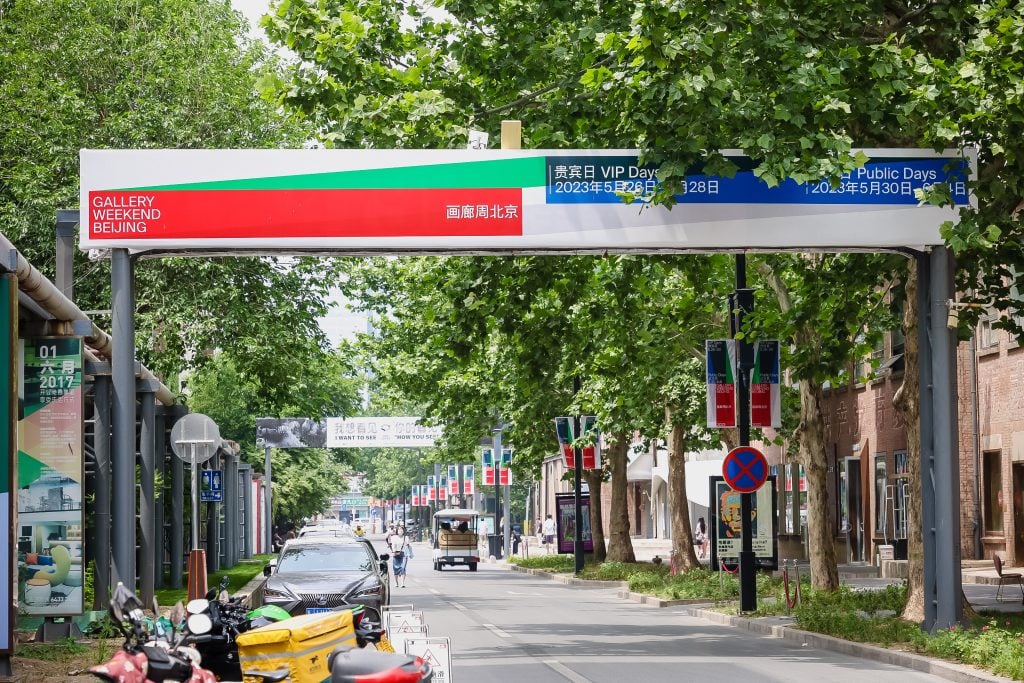
798 Art District, Beijing. Courtesy Gallery Weekend Beijing
“Visibility” is the current imperative for Beijing galleries and the Chinese art scene, which have suffered from a diminished global perception due to the pandemic and strict controls on travel and public assembly. This year’s Gallery Weekend Beijing has embraced this theme, reflecting the collective efforts of the Chinese art industry to regain international recognition. And as cafes and restaurants in Beijing’s 798 Art District buzz with gossip and industry banter, one can sense a return to normalcy on the horizon.
This return is a luxury for many, considering the challenges faced in 2022, which saw limited in-person international exchange and the local art calendar lagging over a year behind its Western counterparts.
With an assist from the Beijing Contemporary Art Expo and JINGART, which it is nestled between in the calendar, Gallery Weekend Beijing is driving an accelerated pace of activity in the city, emphasizing the determination of the local art community to catch up with the global art world. The Beijing art world is undeterred in its pursuit of international engagement, despite the potential rise in Covid cases. Adapting to the reality of openness and rebuilding long-lost international connections are essential steps in this ongoing process.
While the number of international guests to Gallery Weekend Beijing has yet to fully recover compared to 2019, there has been a significant increase in domestic visitors, according to Amber Yifei Wang, director of the event. The 798 Art District, host of the event, welcomed over 150,000 visitors, surpassing the 120,000 attendees in 2022. Wang highlights the challenge of making the event more appealing to overseas collectors within the crowded global art itinerary. The attendance numbers also demonstrate the growing interest and engagement of the local audience.
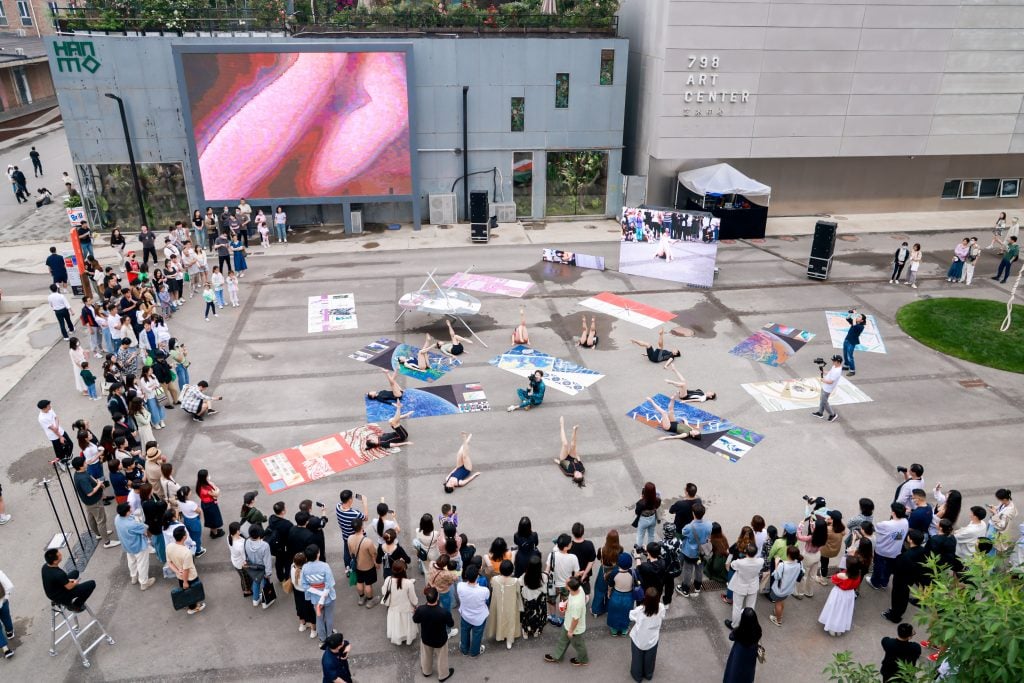
Yuan Keru, Soft Sediment (2023), Performance. Courtesy of the artist and SPURS Gallery
Leo Li Chen, an independent curator who organized the group exhibition for GWBJ’s Public Sector, acknowledges the stagnation the art world faced in Beijing last year. However, he sees a strong desire for recovery now, despite uncertainties arising from economic, political, and global changes. Chen’s exhibition, titled “Facets,” aims to present the tension between external and internal realities in the context of social dynamics. He believes that artists demonstrate courage in the face of unpredictability, and the creativity of art continues to flourish.
Overseas gallery owners, such as Thomas Schulte and Timothy Taylor, have taken advantage of the open borders and removed quarantine measures to return to Beijing. Their galleries, alongside seven others, are featured in the Visiting Sector of Gallery Week Beijing.
Taylor, who witnessed the abrupt shutdown of the ART021 Shanghai Contemporary Art Fair last year, is excited to attend in person this year. He appreciates the vibrant and energized atmosphere in the 798 Art District, emphasizing the growth potential of galleries over time within China’s young and evolving art world. As a gallery establishes its identity in a new city and country, its audience grows through continued participation, he said. He envisions his gallery cultivating audiences in China over the course of 10 to 15 years, recognizing that it is a young art world “still finding its way within the parameters set for it. ”
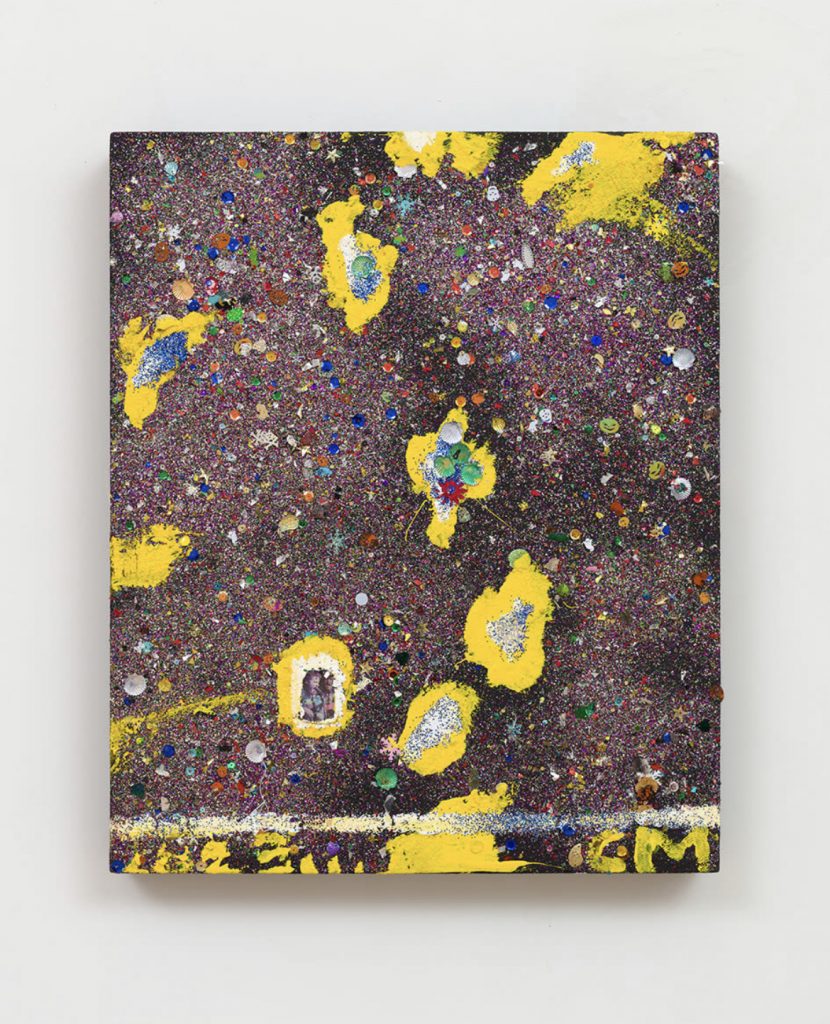
Chris Martin, Singing (2023), Glitter sequins acrylic oil collage on canvas. Cortesy: Timothy Taylor
Gallery Week Beijing 2023 presents an unprecedented lineup of 40 exhibiting galleries and non-profit institutions. The organizers aim to break boundaries between art districts in the city and revive Beijing’s cultural vitality as the center of Chinese contemporary art. They employ golf buggies to transport collectors and press groups, gallery reps share WeChat QR codes to connect with collectors for follow-up information, and dealers were encouraged to immerse themselves in the expanding group of visitors to experience fellow artists’ projects. The dedication and hard work of everyone involved are evident, as they strive to showcase their best work after a long hiatus.
White Space, meanwhile, is known for nurturing Chinese artists. Despite not having a permanent space in the 798 Art District, their presentation in the Special Exhibition sector surpasses expectations for a pop-up show. Collaborating with architect and collector Tian Jun, White Space transforms an abandoned factory into twisted, dimly lit spaces using unfinished wooden boards. This unique setting provides a serene backdrop for artist Ouyang Chun’s poetic paintings. This is the only gallery whose programs span across Beijing’s three main art districts.
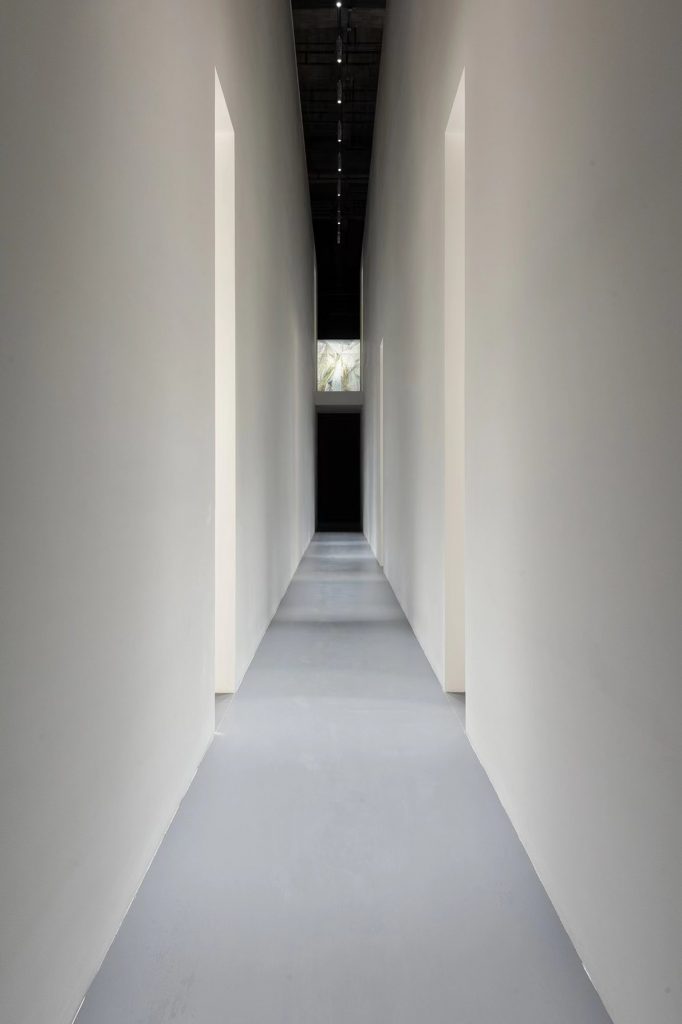
Installation view, OUYANG Chun, “Road to Heaven”, Building B06, 798 Art District, May 26 – Jun 28, 2023. Courtesy the artist and WHITE SPACE
In its Caochangdi space, White Space exhibits artist Yang Jian’s installations and paintings full of social and political metaphors, mirroring the urban village environment of the suburban area. Despite challenges faced during the pandemic and forced demolitions in 2018, Caochangdi has persevered and now houses a new group of tenants, including design galleries.
Blanc Art Group, established in October 2021, is located in the National Foreign Culture Trade near Beijing International Airport. It is the first art center in Beijing with a tax-free policy. Housing international and domestic dealers—including Lisson Gallery, Massimo de Carlo, White Space, and Chantal Crousel—Blanc Art Group’s interior decor resembles Hong Kong’s H Queen’s building, with more spacious rooms and more efficient elevators. They recently presented a covert and low-key queer-themed exhibition titled “More Than Human,” accompanied by a lively performative party in the district’s central garden.
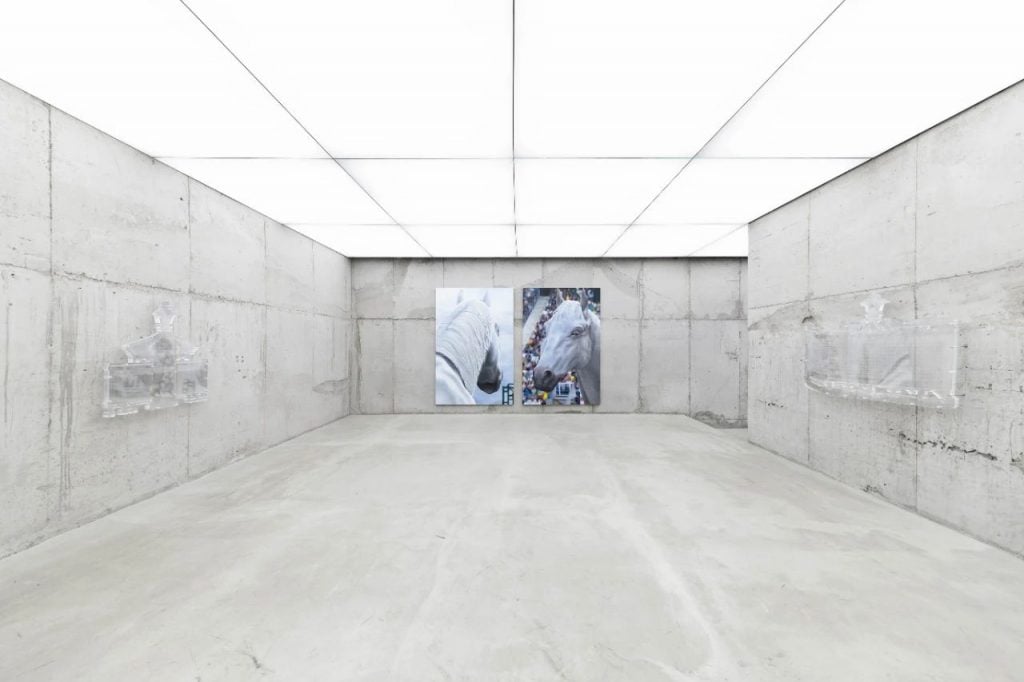
Installation view, Nicholas Stewens and Villiam Miklos Andersen, “November,” SIMULACRA. Cortesy: © SIMULACRA 2023
Despite the three-year hiatus, the local art market and international exchanges have converged rapidly, nurturing galleries from a younger generation. One example is SIMULACRA, founded by Zachariah Zhou, a Parsons and Central Saint Martins graduate who returned to China in 2020. Initially a non-profit space, SIMULACRA transitioned into a for-profit entity due to “the challenges of sponsorship mechanism” in China. The gallery currently hosts a dual exhibition featuring Danish artist Villiam Miklos Andersen and German-American artist Nicholas Stewens, resonating with younger audiences reminiscent of New York’s Lower East Side or Berlin shows.
Zhou acknowledges that domestic Chinese collectors are open to spending money but tend to prefer established media. He aims to balance his program between established and experimental approaches.
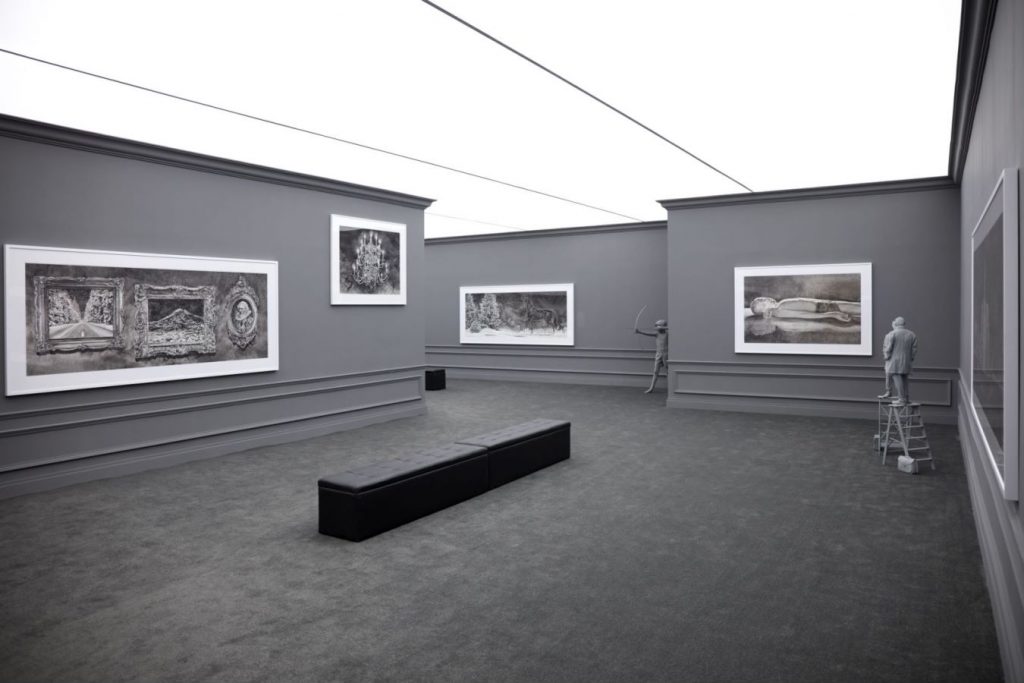
Installation view, Hans Op de Beeck, “Vanishing”. Photo credit: the artist and Galleria Continua
Beijing’s gallery history primarily centers around the past 20 years in the 798 Art District, and Wang acknowledges the significant gap compared to cities like London, New York, or Berlin. Part of the Beijing scene’s current project is to broaden the professional galleries. It’s an ongoing effort. But with the year halfway through, Beijing shows no signs of entering a slow period, as it traditionally does in the summer.
Wang, for one, is optimistic and confident about the rest of 2023 and the future. “Rebuilding confidence is a top priority,” he said. “This is not for China but for the art industry worldwide. After opening up, we are back on top of a bigger stage, and we are more demanding in all aspects of our work.”
More Trending Stories:
A Sculpture Depicting King Tut as a Black Man Is Sparking International Outrage